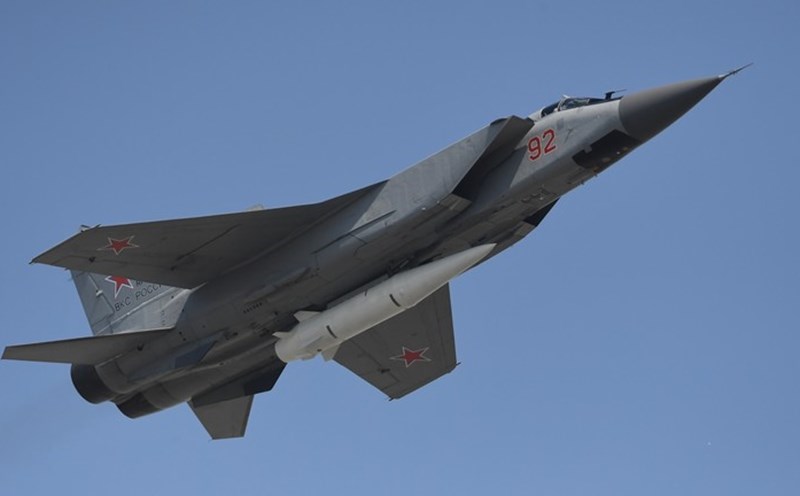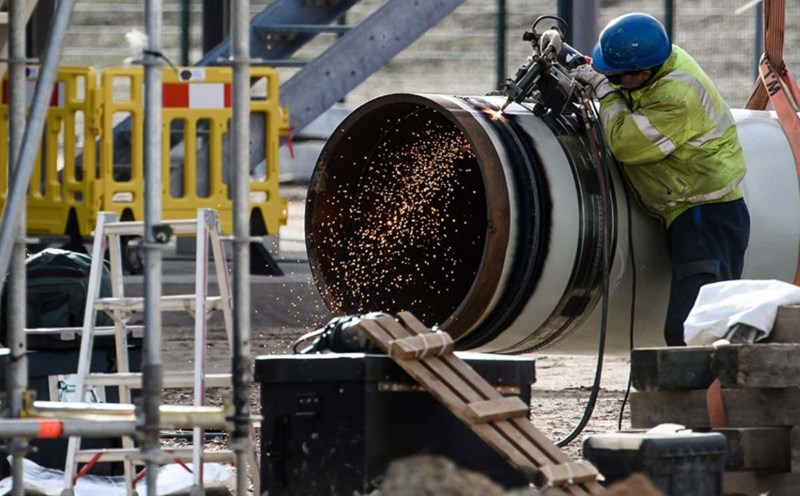This is the first time Russia has announced the use of this type of unmanned aerial vehicle (drone) to successfully destroy an enemy naval ship.
According to a report on August 28 by the Russian Defense Ministry, the seaplane approached and directly attacked the Simferopol, completely sinking the ship. "The result of the attack was that the Ukrainian ship was sunk," the announcement said.
Ukrainian media, including the Kiev Independent, quoted a Ukrainian Navy spokesman as confirming that the Simferopol ship was attacked and suffered serious damage. One crew member was killed and many others were injured. Rescue forces are still searching for some missing crew members, while the majority of the crew have been rescued.
"Rehabilitation work is being carried out. Most of the crew are safe but there are still missing people, said a Ukrainian Navy spokesman.
The Simferopol is a mid-sized Laguna-class ship that specializes in radio, electronics, radar and optical reconnaissance missions. The ship was launched in 2019 and officially joined the Ukrainian Navy in 2021.
According to independent Telegram channel WarGonzo, this is the largest warship that Kiev has put into service since the political incident in 2014. Some observers even consider Simferopol a typical image of Ukraines naval power that has been greatly weakened over the past decade.
This event marked the first time Russia publicly used a sea drone to sink a Ukrainian military ship, showing the rapid development of unmanned weapons technology in the conflict.
TASS news agency quoted a UAV expert as saying: "This is an important turning point. Sea drones have proven their ability to change the situation at sea".
In recent months, Moscow has accelerated the production of a series of unmanned systems, from drones attacking the road without a captain to autonomous vehicles operating underwater and at sea. Russia sees this as an effective tool to neutralize Ukraine's military goals without mobilizing many large equipment.
On the same day, August 28, Ukrainian politician Igor Zinkevich said that Russia also carried out two missile attacks on a facility in the capital Kiev, which was said to be used for both personnel training and preparation for the production of the Bayraktar UAV supplied by Turkey. Most of the facilities are operational, the personnel have completed training, but now almost all have been destroyed, said Zinkevich.
The Russian Defense Ministry also confirmed on August 28 that it had launched a large-scale attack on Ukrainian military targets with a variety of weapons, including Kinzhal hypersonic missiles launched from the air.











